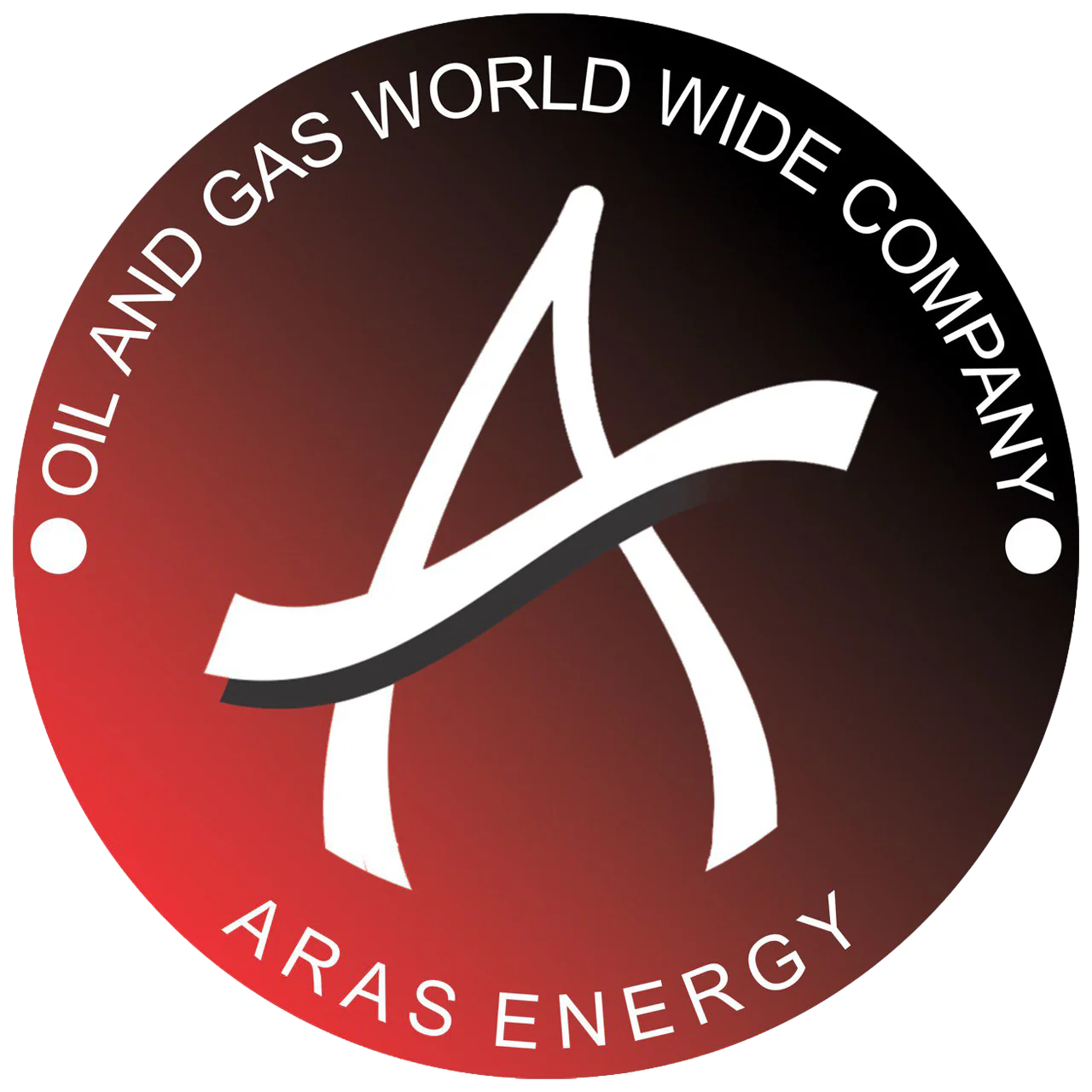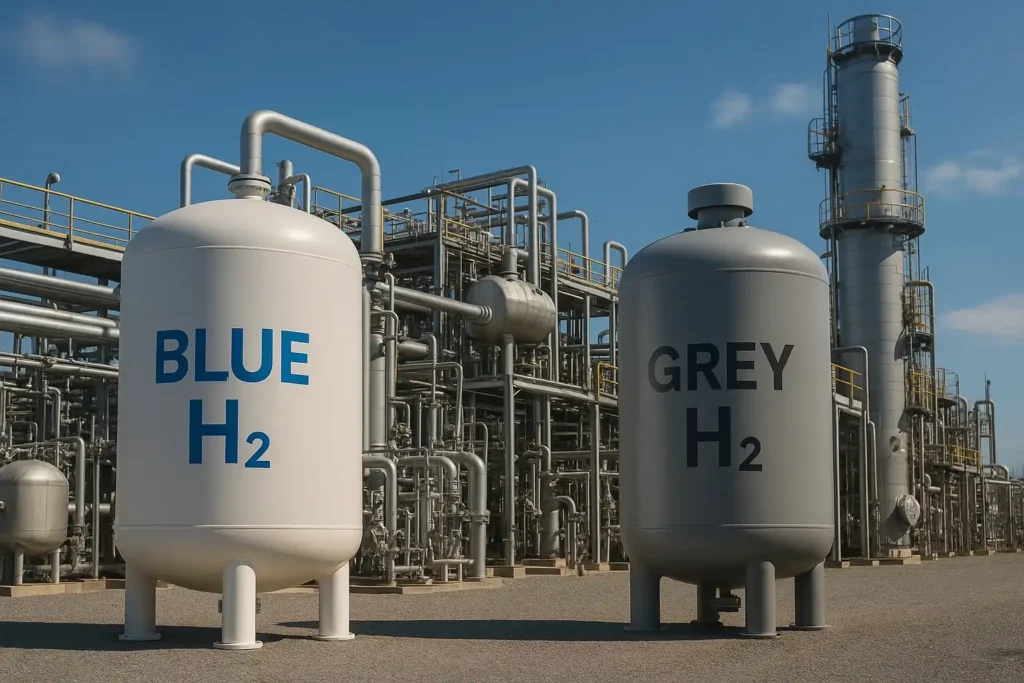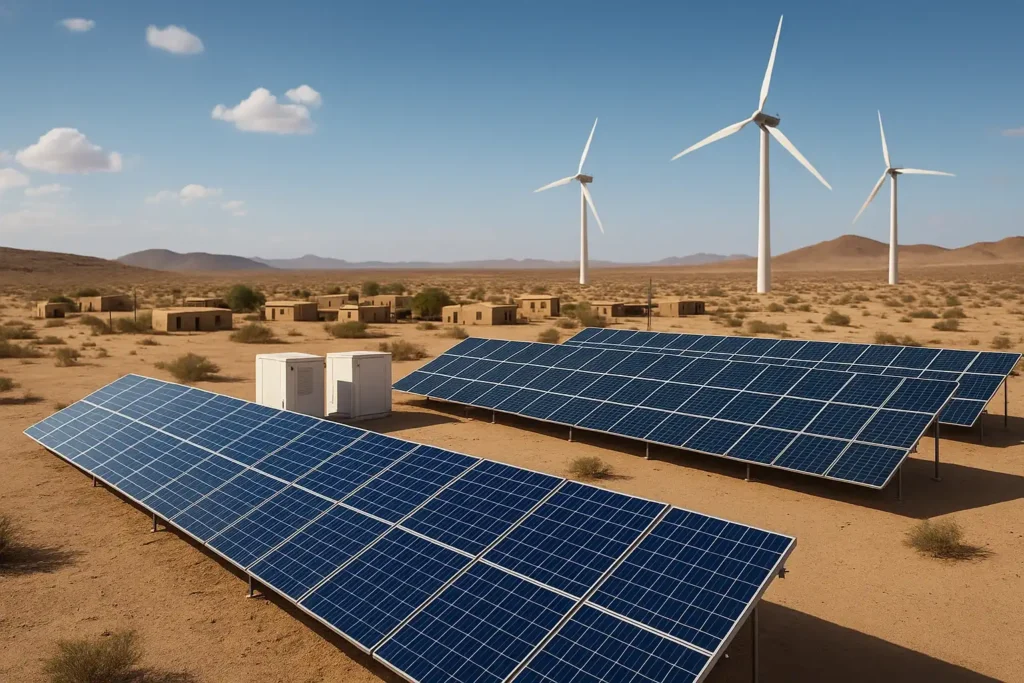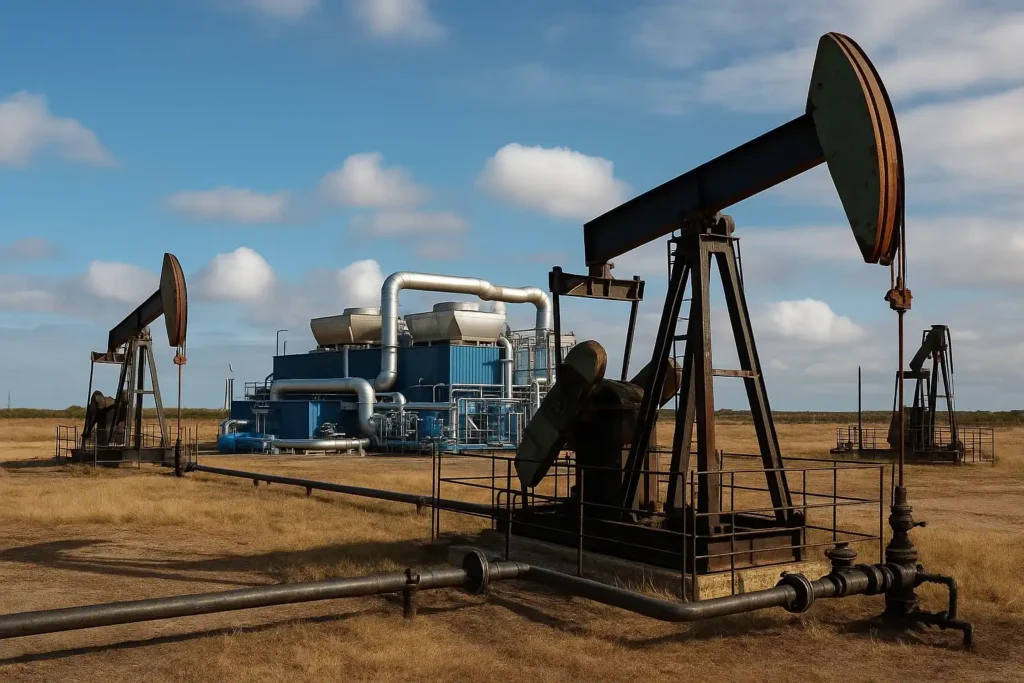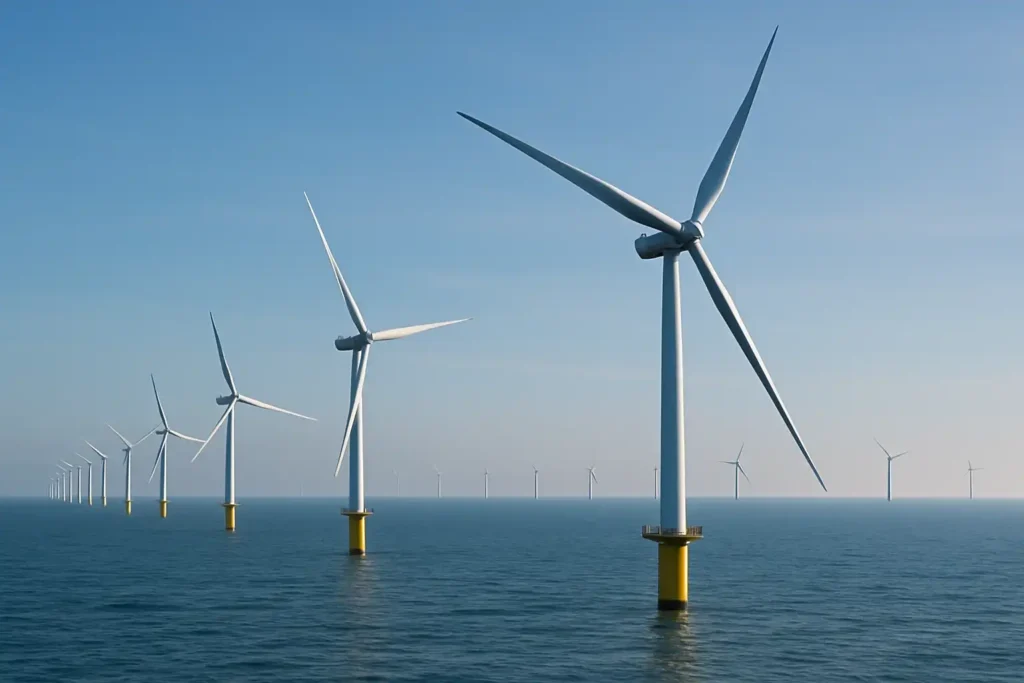The International Energy Agency’s tenth annual World Energy Investment 2025 report forecasts that capital deployment in the global energy sector will reach USD 3.3 trillion this year, marking the highest level ever recorded and reflecting both climate‑driven ambitions and energy‑security imperatives (IEA). Despite geopolitical tensions and cost pressures, investors continue to prioritize clean and electrified solutions.
Investment Trends and Growth
- Total energy investment is projected at USD 3.3 trillion, up 2 % in real terms from 2024 (IEA).
- Clean energy receives USD 2.2 trillion—two‑thirds of total spending—and outpaces fossil fuels by a 2:1 ratio (Reuters).
- Fossil fuel investment (oil, gas, coal) drops to USD 1.1 trillion, a first decline in non‑pandemic conditions, led by a 6 % cut in upstream oil spending (Reuters, Financial Times).
Sectoral Breakdown
- Solar Photovoltaics (PV)
Expected to attract USD 450 billion, maintaining its position as the largest single‑technology recipient (Reuters). - Battery Storage
Investment surges to around USD 66 billion, essential for balancing variable renewables (Reuters). - Wind Energy
Both onshore and offshore wind see record capital inflows, driven by cost declines and policy support. - Nuclear Energy
Global nuclear investment tops USD 70 billion, up 50 % from five years ago amid interest in small modular reactors and lifetime extensions (Wall Street Journal). - Grid Infrastructure
Spending on transmission and distribution reaches USD 400 billion but still lags generation capacity additions, posing risks to electricity security unless accelerated (Reuters). - Low‑Emissions Fuels & Efficiency
Roughly USD 100 billion flows into green hydrogen, carbon capture, and efficiency upgrades, reflecting nascent but growing markets.
Regional Analysis
- China leads global clean‑energy finance, accounting for nearly one‑third of the USD 2.2 trillion clean‑tech total, with record outlays across solar, wind, and EV‑related infrastructure (Reuters).
- Advanced Economies (EU, U.S., Japan) outspend fossil fuels on clean electricity by a ratio of 12:1, yet maintain coal approvals at their highest since 2015 in some markets (Hanwha Group).
- Developing Regions face capital mobilization challenges: while they host two‑thirds of the global population, they receive less than 20 % of clean‑energy funding, underscoring stark inequities (iigcc.org).
Key Drivers
- Climate Policies & Carbon Pricing: Tightening emissions targets and rising carbon costs bolster clean‑tech returns.
- Energy Security: Volatile fossil‑fuel markets and geopolitical risks spur investments in domestically controllable renewables and storage.
- Cost Competitiveness: Continued declines in solar PV and battery costs make clean energy cheaper than new fossil projects in many regions.
- Corporate Net‑Zero Pledges: Private‑sector commitments channel capital into low‑carbon projects, especially in industrial clusters.
Challenges & Barriers
- Grid Bottlenecks: Underinvestment in transmission and distribution threatens to delay renewable project integrations unless annual grid spending rises by at least USD 50 billion over this decade.
- Financing & Risk: High financing costs and perceived policy risks hinder clean‑energy deployment in emerging markets.
- Permitting Delays: Lengthy approval processes for renewables and infrastructure remain a drag on timely project delivery.
- Fossil Fuel Subsidies: Persisting subsidies for oil, gas, and coal in many economies distort markets and slow the clean‑energy transition.
Outlook to 2030
To align with COP28 targets and a 1.5 °C pathway, annual clean‑energy investments must nearly triple by the end of the decade—reaching USD 7–8 trillion per year—while grid and efficiency funding must scale in tandem. Clustered, economy‑wide approaches and increased concessional finance for developing regions will be crucial.
The USD 3.3 trillion investment milestone in 2025 marks a pivotal shift toward a decarbonized energy system. While clean‑energy capital outflows have never been higher, accelerating grid upgrades, addressing regional financing gaps, and phasing out fossil‑fuel subsidies will determine whether this historic momentum translates into the deep emissions cuts necessary for climate goals. Continued synergy between policy frameworks, technology innovation, and private‑sector engagement is essential to sustain and amplify this record‑breaking trend.
Mid-2025 Update — Fresh Global Insights
Renewable-Energy Investment Hits $386 Billion in H1 2025
According to BloombergNEF (July 2025), global investment in renewable-energy projects reached a record USD 386 billion in the first half of 2025, up 10 % compared with the same period last year.
Utility-scale solar and onshore wind financing slowed slightly (-13 % YoY) due to higher borrowing costs, but distributed-solar and battery-storage segments grew sharply, signaling continued momentum in the clean-energy transition.
(Source: BloombergNEF — Global Renewable Energy Investment Reaches New Record, July 2025)
Renewables to Surpass Coal in Global Power Generation by 2026
New projections from Rystad Energy (August 2025) show global electricity demand growing 3.3 % in 2025 and 3.7 % in 2026.
If current trajectories hold, renewables are expected to overtake coal as the largest source of global power generation by 2026, marking a historic shift in the global energy mix.
(Source: Rystad Energy — Renewables to Surpass Coal in Global Power Generation by 2026)
Global Carbon Emissions Likely to Peak by 2026
A complementary analysis by Rystad Energy and published via Illuminem (Sept 2025) indicates that global greenhouse-gas emissions may reach their peak around 2026 as rapid renewable deployment, electrification, and energy-efficiency improvements start to offset fossil-fuel demand growth.
(Source: Illuminem — Rystad Predicts Global Emissions Peak by 2026)
What This Means for the 2025–2030 Outlook
Global clean-energy investment remains on track to exceed USD 700 billion annually by 2026.
Renewables’ share in global electricity generation could approach 45 % by 2030, with Asia and the Middle East accelerating grid-scale solar expansion.
Emission-reduction milestones depend on accelerating grid upgrades and financing for developing regions, where less than 20 % of clean-energy capital currently flows.
References:
- IEA, World Energy Investment 2025, Executive Summary (June 2025) (IEA)
- Reuters, “Global energy investment set to hit record $3.3 trillion in 2025, IEA says” (05 Jun 2025) (Reuters)
- WSJ, “Clean‑Energy Investment Set to Double Fossil Fuel Financing in 2025, IEA Says” (Jun 2025) (Wall Street Journal)
- Reuters, “Fossil fuel spending to fall for first time since pandemic” (05 Jun 2025) (Financial Times)
